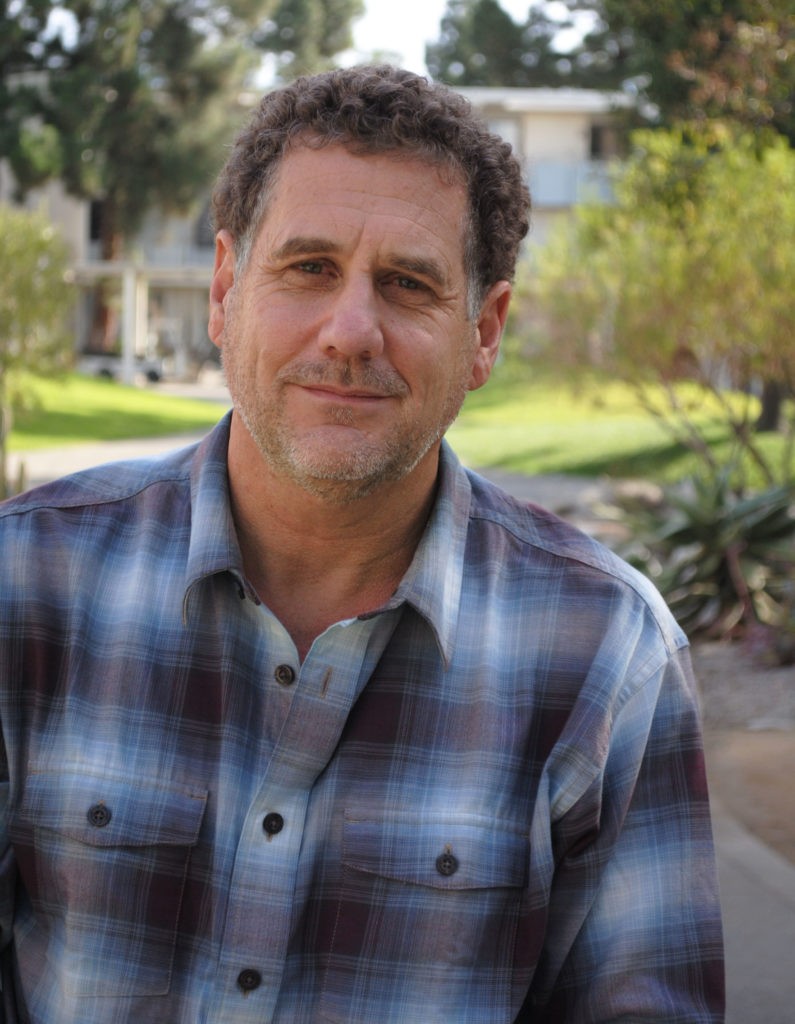
The Paul Faulstich Trail Never Ends
Professor of Environmental Analysis Paul Faulstich ’79, P’15, retired this spring after more than 30 years of teaching at Pitzer College. At a reception in his honor, colleagues and former students described him as a pillar and anchor, a trailblazer, a visionary leader, a steward of the landscape, and such a calming presence that “you’d want him by your side if you’re ever being charged by an angry elephant.”
Those words only touch on the profound influence Faulstich had on Pitzer College’s commitment to the environment and his role as a teacher, mentor, adviser, and friend.
“Paul is leaving an indelible mark here at Pitzer College,” said Dean of Faculty Allen Omoto.
As convenor of the Environmental Analysis Field Group, Faulstich administered the academic program while teaching courses that explored human relationships with the non-human environment. He established the Leadership in Environmental Education Partnership, one of the College’s longest-running community-based programs, and helped foster Pitzer’s ongoing relationship with Tongva Elders.
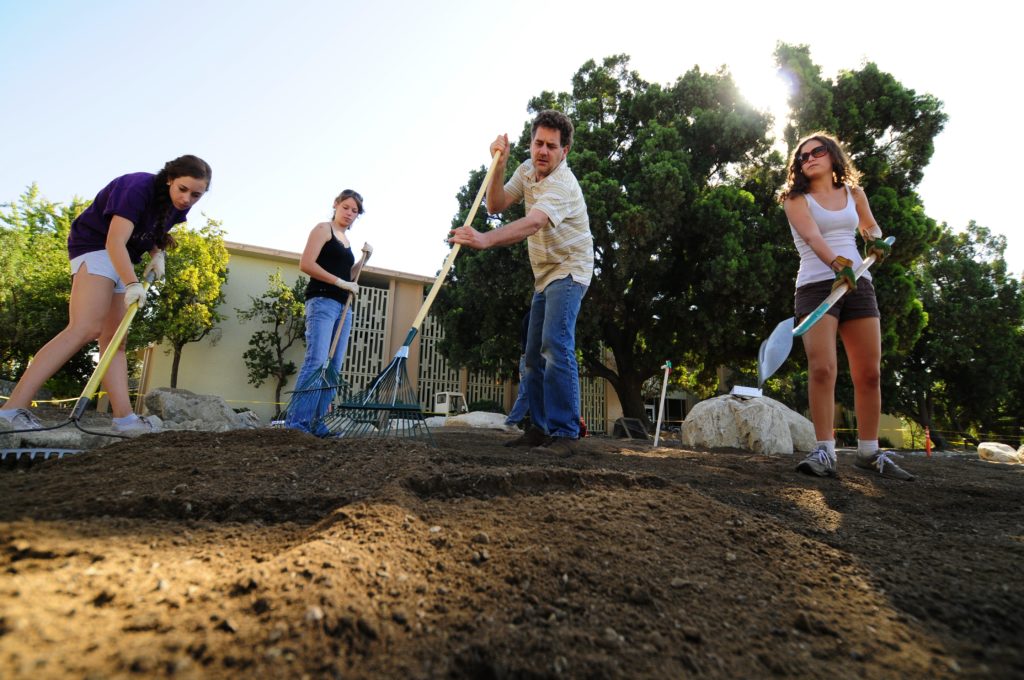
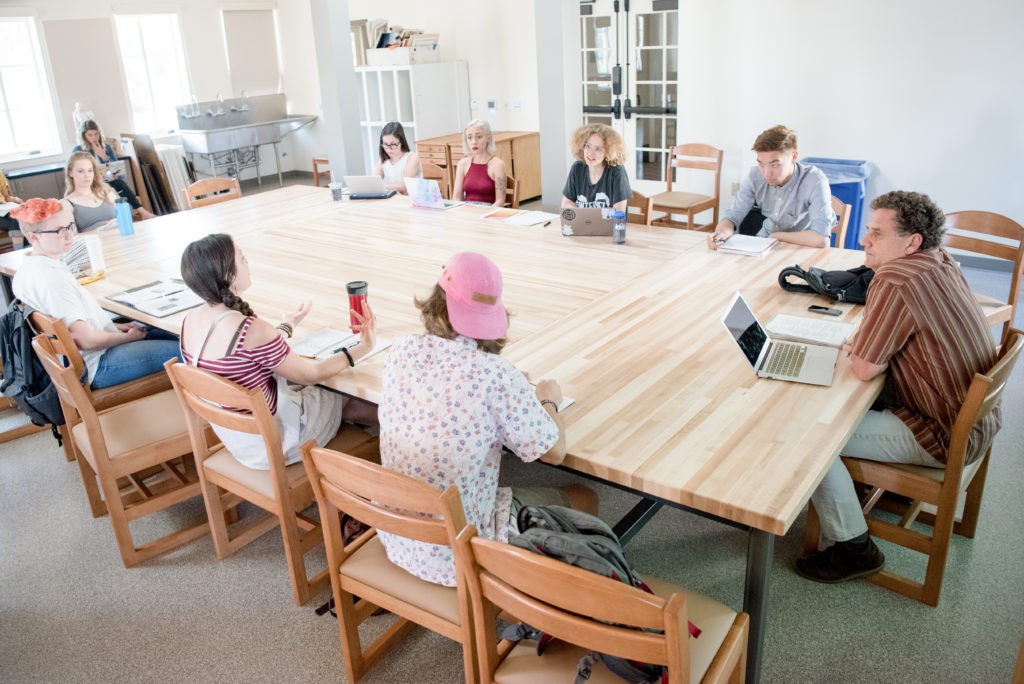
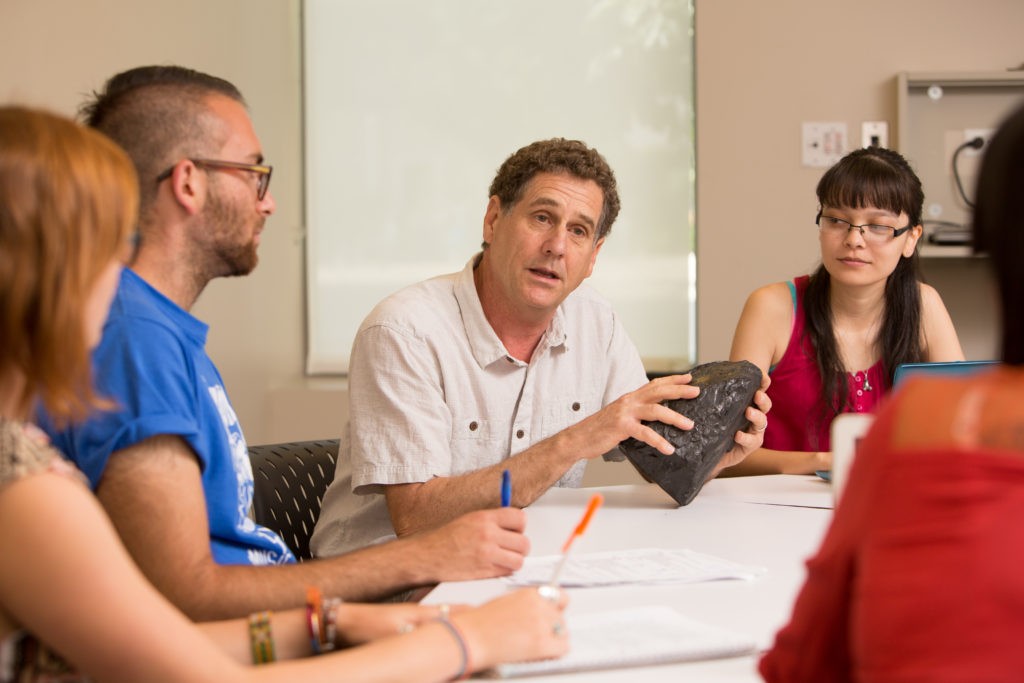
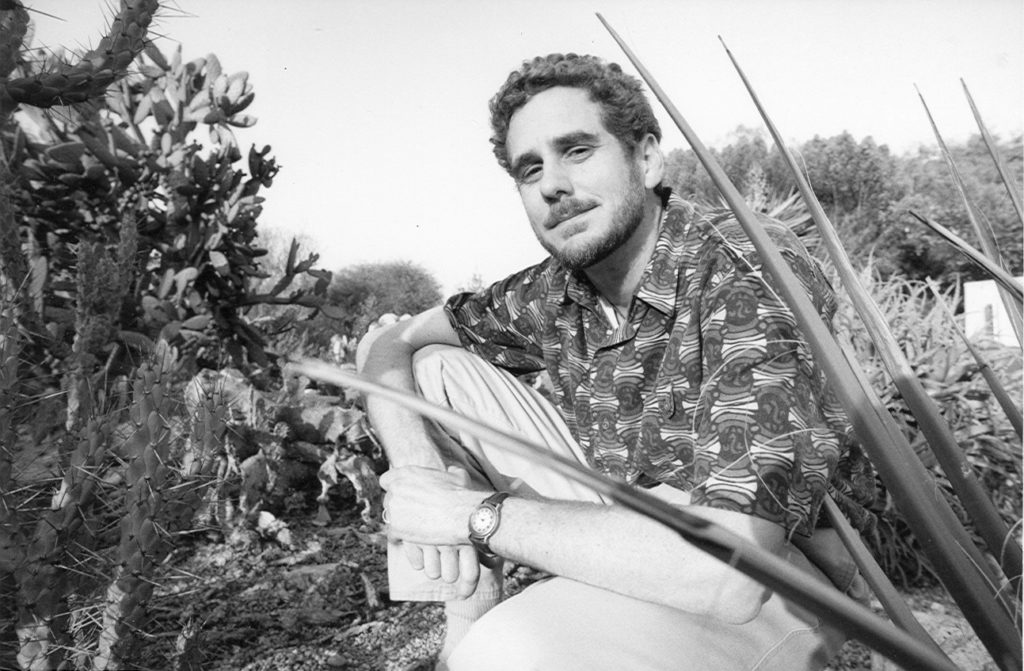
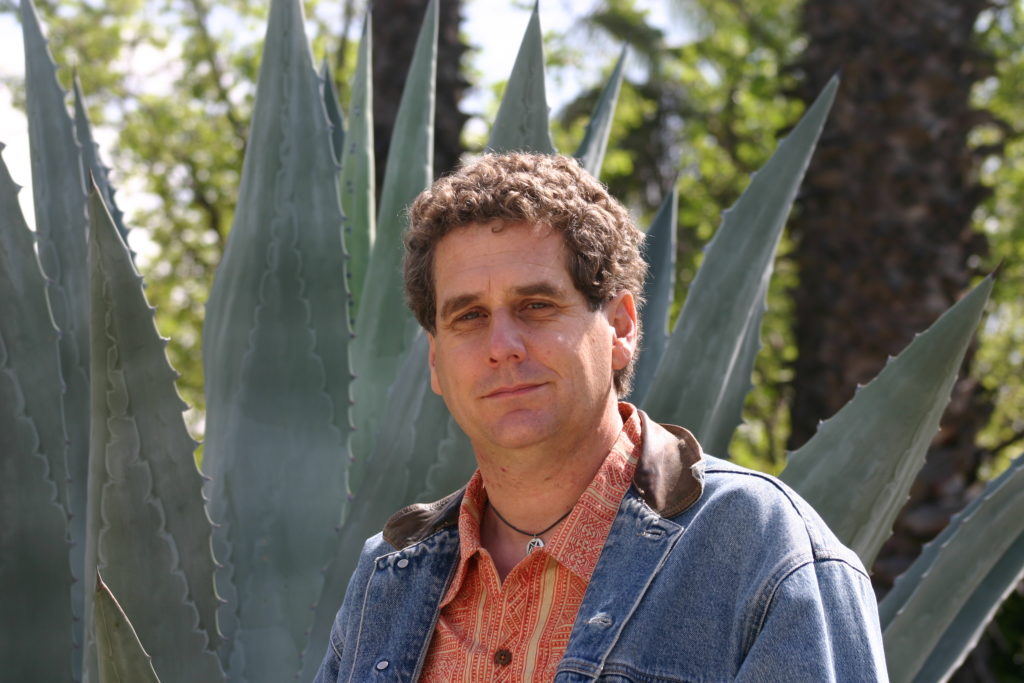
His legacy is etched across Pitzer’s landscape. Faulstich worked with Pitzer students and former Arboretum Director Joe Clements to replace a water-thirsty lawn in front of Scott Hall with native plants. He was also the force behind the Pitzer Outback Preserve, a 3.4-acre parcel of alluvial sage scrub habitat on the northeast corner of campus.
“He has poured his blood, sweat, tears, and muscle into Pitzer, but especially into restoring nature in Pitzer’s Outback,” Dean Omoto said before announcing that “henceforth, the trail in the Outback that brings people close to nature will be named the Paul Faulstich Trail.”
A Pitzer graduate, Faulstich majored in environmental studies and art, finding mentors in legendary professors Carl Hertel and Paul Shepard. He received a Watson Fellowship his senior year to study Aboriginal sacred places in Australia and later earned an MA from Stanford and a PhD from the University of Hawai’i, both in anthropology. Faulstich started teaching at Pitzer in 1990 as an adjunct professor. He was hired as an assistant professor in 1992 and was promoted to full professor in 2004. He became a Pitzer parent when his daughter enrolled in 2011.
His courses over the years number over two dozen and include Visual Ecology; Progress and Oppression: Ecology, Human Rights, and Development; The Desert as a Place; and I Read the News Today, Oh Boy—a nod to his nearly lifelong love of The Beatles. His classes were frequently “sold out.”
One of his former students, Britt-Marie Alm ’99, described Pitzer as a nourishing, life-changing experience, which was due, she said, “in no small part to Paul Faulstich.”
“You’ve planted seeds all across this world through your students,” she said.
Faulstich’s research and writings focused on Indigenous peoples and ecological knowledge, human perception landscapes, Indigenous rock art, and environmental education. He is also an artist of many mediums, from canvas to cacti. This wide-ranging background has inspired students, according to Tommy Shenoi ’24, who took three classes with his favorite professor.
“We learned about placemaking and ethnoecology from when Paul was a Fulbright scholar in Australia, art curatorial practices from his time at the Southwest Museum (Los Angeles) and Portland Art Museum, and wildlife sightings from the field cams he sets up in our very own Claremont foothills,” Shenoi said.
Those “field cams”—motion-detecting, heat-sensing trail cameras—capture photos that Faulstich posts on Facebook and exhibits in art shows, surprising and educating viewers who are shocked at the diversity of animals (bears, deer, cougars) roaming the local mountains.
However, his field cam photos have never captured an angry elephant. That story came instead from Pitzer Professor Nigel Boyle, who lived to tell the tale of a bull elephant charging their Jeep during a safari in Botswana some 20 years ago. “Paul, of course, was reasoned and rational,” Boyle said. “He immediately signaled to the driver that evasive action needed to be done very quickly. Then, as we pulled away, there was that familiar Faulstich chuckle.”
At the end of the evening, Faulstich took the podium. He expressed his deep appreciation of his campus colleagues and, above all, to Pitzer students, “past and present.”
“They are the lifeblood of this marvelous place that we call Pitzer,” Faulstich said. “Pitzer isn’t an institution, it’s a community, and I’ve been immersed in it since I was 18 years old. I love this community. Thank you all for being a part of it.”
With that, the evening ended, but the Paul Faulstich trail goes on.
